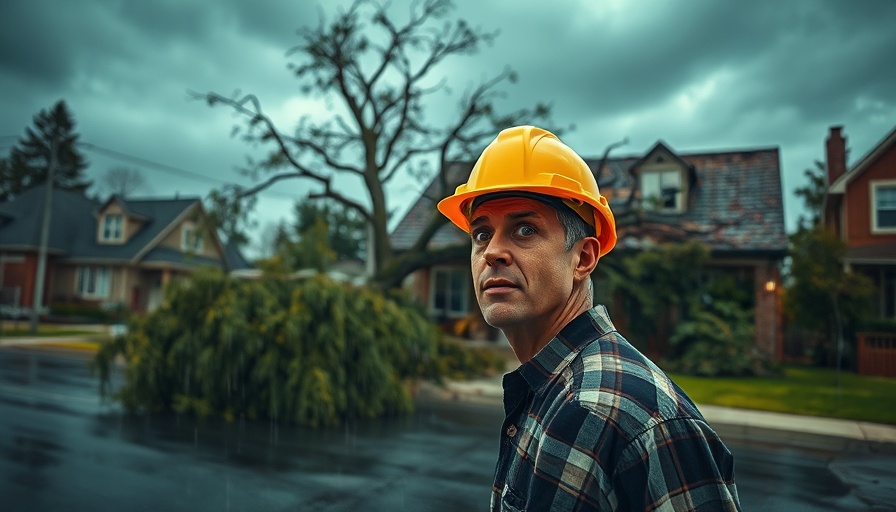
Understanding Home Insurance Coverage for Fallen Trees
When trees fall on homes, they're an immediate concern for homeowners trying to manage the damage and protect their property. But how does home insurance respond in these situations? In this article, we demystify common myths surrounding home insurance coverage related to fallen trees, drawing insights from experienced Arborists and insurance adjusters. It's essential knowledge for any homeowner or business owner who could face such a scenario.
In 'Does Home Insurance Cover Fallen Tree On A House?', the discussion dives into common misconceptions that homeowners have about insurance coverage when a tree falls on their house, prompting us to analyze and clarify these points further.
Myth #1: Do I Need Approval for Tree Removal?
One prevalent myth is that homeowners must seek permission from their insurer before removing a tree that has fallen on their house. Surprisingly, this is not the case. Insurance policies typically stipulate that homeowners have a "duty to mitigate"—meaning they must take reasonable steps to prevent further damage. Failing to do so could jeopardize your coverage. Always prioritize safety and act promptly to protect your family and property from additional harm.
Myth #2: Getting Estimates is Mandatory
Many believe they must obtain several estimates for tree removal before proceeding. However, this can be a dangerous misinterpretation. In emergencies where safety is at stake, such as potentially hazardous trees, homeowners should not hesitate to take necessary actions to protect themselves. Discussing estimates after ensuring safety might leave homeowners in a questionable position if damages occur further due to delay.
Myth #3: There’s a Limit for Tree Removal Coverage
Many policies state a limit, such as $500, for tree removal. However, this often confuses individuals because the total cost of tree removal includes various components—lifting the tree off a structure, debris removal, and more—which can exceed stated limits. It’s crucial to define what your insurance covers thoroughly and not to equate these limits without understanding what they apply to.
Myth #4: Stump Grinding Isn't Covered
Another common misconception is that stump grinding is never covered by insurance. This depends on circumstances. If a fallen tree damages structures like fences or pipes, the costs may include stump removal to address necessary repairs. Always clarify with your adjuster the specific provisions in your policy regarding such situations.
Myth #5: Minor Damage Doesn’t Matter
Homeowners often underestimate minor damages or assume small issues will not affect insurance claims. However, any damage resulting from a fallen tree—even something as small as a scratch on shingles—can trigger insurance coverage obligations. Failure to report these can ultimately lead to having claims denied, emphasizing the need to document all damage comprehensively.
Navigating Policy Ambiguities
Lastly, ambiguity in insurance policies can lead to misunderstandings about coverage. Many contracts favor the policyholder in cases of unclear terms. Always read your policy carefully and consult with professionals if you encounter disagreements about coverage scope. Understanding your rights when dealing with insurance claims will empower you to effectively advocate for yourself when facing any claim related to fallen trees.
We hope this overview sheds light on the complexities surrounding home insurance and fallen trees. If you're a homeowner or business owner affected by such issues, stay informed and ready to take action. Managing a tree's impact efficiently can save you a lot of stress and expenses down the line.
 Add Row
Add Row  Add
Add 




Write A Comment